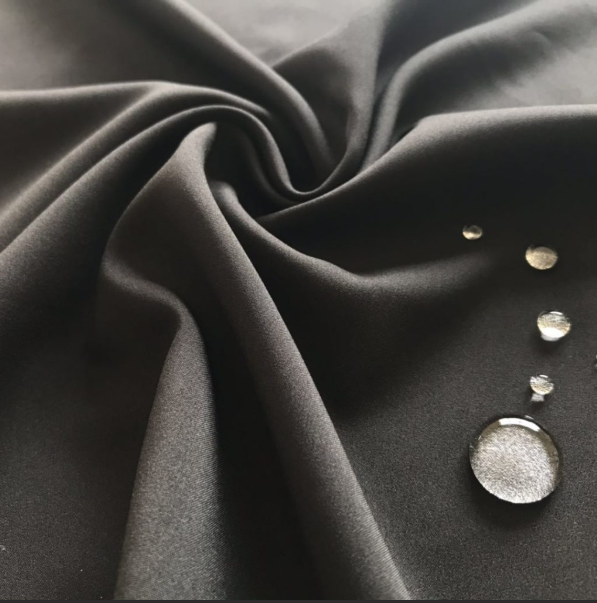In the previous two articles, we learned practical ways to distinguish fabric materials by looking at fiber length, linear density, and mechanical properties. But to tell if a fabric suits you, you need more than these “internal strengths”. You should also pay attention to its “comfort experience” and “appearance performance”. Today, we’ll focus on hygroscopicity ,which closely related to daily wearing feelings and visual effects. This will further improve our system for distinguishing fabric materials.
Hygroscopicity: The Core Indicator of Fabric “Breathing Ability”
Hygroscopicity is the “invisible comfort switch” of fiber materials. It also has a more professional name—moisture regain. It refers to the percentage of water content in fibers relative to the dry fiber weight. Simply put, it’s how much moisture a fabric can absorb and hold. This directly affects how dry and breathable the fabric feels when worn.
There are two common standards for calculating moisture regain. Standard moisture regain is measured in a standard environment with a temperature of 20°C and relative humidity of 65%. It objectively reflects a fiber’s ability to absorb moisture. Official moisture regain is a unified standard set by the industry for convenient trade settlement. It avoids weight errors caused by changes in environmental humidity.
The level of moisture regain greatly affects the wearing experience: the higher the moisture regain, the better the fabric’s moisture absorption and breathability, and the more comfortable it feels when worn. This is because fibers with high moisture regain can quickly absorb sweat from the body and release it into the air through fabric pores, keeping the skin dry. At the same time, these fibers conduct electricity better, producing less static electricity. They also attract less dust, so clothes stay cleaner and feel more refreshing.
In terms of raw materials, natural fibers and some man-made fibers generally have high moisture regain. For example, cotton has a moisture regain of about 7% – 8%, hemp around 10%, wool up to 15% – 18%, silk about 11% – 12%, and viscose fiber 12% – 14%. Clothes made from these materials are especially suitable for spring and summer or situations where you easily sweat. They feel comfortable and don’t trap sweat.
On the contrary, synthetic fibers like polyester, nylon, and acrylic have very low moisture regain, usually between 0.4% – 4%. These fibers absorb moisture poorly, making it hard for sweat to escape. This can make you feel stuffy. They also easily build up static electricity when dry. This not only causes “electric shocks” when wearing but also attracts dust and hair, making clothes look dirty and reducing comfort significantly.

where water droplets condense but do not penetrate.


